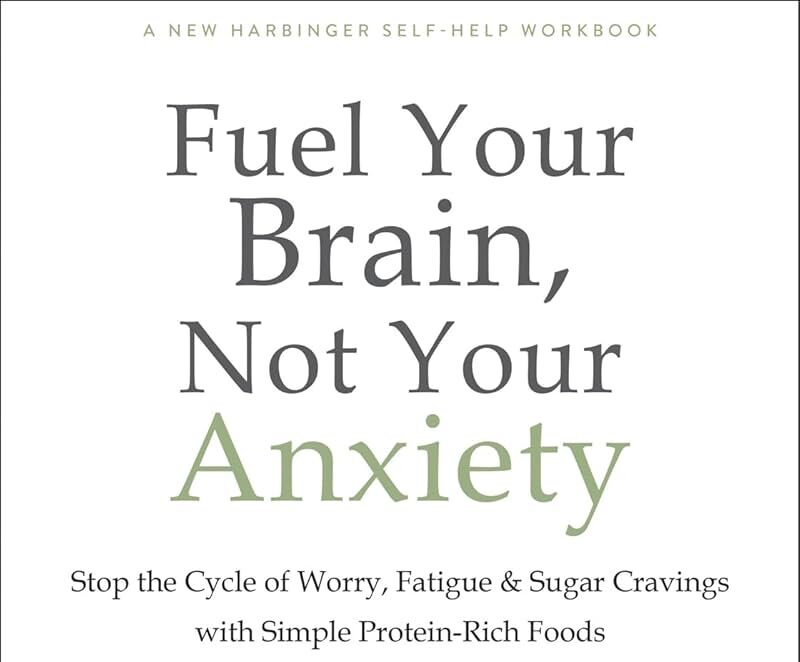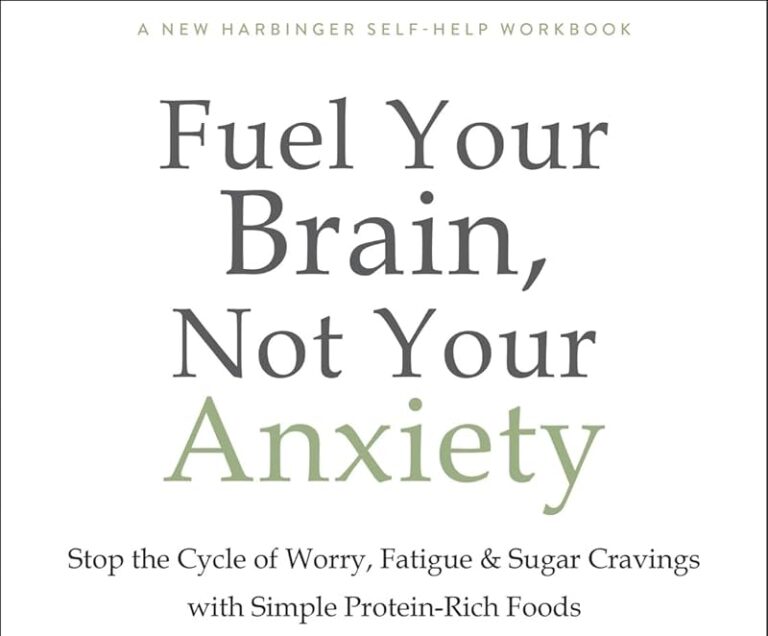
Chapter 1:
Snapshot of Anxiety
The Snapshot of Anxiety Assessment helps provide a clear picture of both the physical symptoms of anxiety and the other associated problems that accompany it. Not everyone experiences anxiety in the same way. Understanding what your anxiety looks like and the other symptoms that coexist with it, such as worry and fatigue, is the first step in improving your symptoms so you can more fully engage in your life.
The Snapshot of Anxiety Assessment is a questionnaire that helps you accurately characterize your anxiety. It has three sections that identify categories of the most common symptoms that coexist with anxiety. The purpose of doing the assessment is to better observe what your anxiety looks like and to begin to get a sense of what symptoms may be originating from physiological causes. In future chapters, we’ll offer experiments to lower some of the symptoms of anxiety; getting this baseline up front will help you track your symptoms and identify which experiments will have the most positive impact.
Your Fatigue Score
The power supply from your body can determine your energy, mental clarity, and level of anxiety. Take a moment to rate your power supply—or how much energy you feel you have—on a scale of 1 to 10, with 1 being minimal energy and 10 being solid energy throughout the day. This isn’t uncontrolled manic energy; a rating of 10 means that you have the resources to respond to whatever opportunities arise, good or challenging.
What is your power supply right now?
In general, what was your power supply like over the last two weeks?
What was your high?
What was your low?
If your energy is routinely dropping below a 5, that’s not good. You may not have the energy to engage in novelty, you’re possibly withdrawing from relationships, and the fatigue creates a physical reason to be anxious. When you’re living at a 5 or below, it’s hard to move your life forward, and it’s hard to have hope for your future. The experiments in this book will help, both in the short and in the long term. And if they don’t help enough, the last chapter provides some information about talking to your primary care provider about fatigue.
If your power supply drops below 5 during the active part of your day, give yourself a fatigue score of 10 points. If your power supply stays above 5, your fatigue score is 0.
Fatigue score:
Common “Disappear” Behaviors
- Spending hours on the internet or social media (not work-related)
- Overeating/undereating
- Drinking alone or to excess
- Using drugs alone or to excess
- Watching TV for many hours
To identify a disappear behavior, ask yourself if you think an activity is a form of withdrawing or shutting down.
Brain–Body Symptoms
Below are the different brain and body symptoms of anxiety. If any part of a particular symptom description fits you, check the box and circle the part you relate to. Feel free to add other symptoms that are consistent with your anxiety but aren’t listed or add qualifiers to the symptoms that are listed. There are 22 brain–body symptoms listed below; after going through the symptoms, add up the number of boxes that you checked, giving yourself one point per box to determine your total.
Brain Symptoms
- Flight emotions: agitation, nervousness, worry, anxiety, fear, panic
- Fight emotions: hyperfocused, defensive, negative, irritable, controlling, enraged
- Disappear emotions: withdrawn, depressed, crying, shut down
- Racing thoughts
- Negative thought patterns toward self, self-critical
- Emotional outbursts that are larger than necessary
- Doing old behaviors that you don’t want to do again, such as eating sugar, drinking alcohol or using other addictive substances, or calling people who are not helpful
- Fear of dying, suicidal thoughts, confusion, abnormal behavior—If you check this box, please ask for help, call a friend, call 911 or the crisis line in your area, or seek out a therapist.
Body Symptoms
- Not hungry for meals or not able to eat
- Shaky or trembling hands
- Heart palpitations, racing heart rate
- Shortness of breath
- Pale skin, cold hands or feet
- Shakiness, vibrating body, physically agitated, or fidgety
- Hungry, craving sugar, sweets, or carbohydrates (breads, pasta, candy)
- Nausea
- Sweating
- Dizziness
- Vertigo
- Visual disturbance
- Extreme fatigue
- Seizures or loss of consciousness
Global Symptoms
Global symptoms develop as the body copes with stress hormones over the long term. These symptoms both cause anxiety and are caused by anxiety. Use the rating scale provided to answer the global symptoms questions; skip questions that don’t apply to you. Then, add the totals from each column to get your score.
Snapshot of Anxiety Score
You might be curious about how to interpret your final score. However, when it comes to the Snapshot of Anxiety, there isn’t a standard total. Instead, you’ll be using the score to see if your ratings for each category and your total improve when you do experiments.
Once you’ve completed your snapshot, take a moment to reflect on any insights that you have gained. You might have written about how many symptoms of anxiety and fatigue you’re currently experiencing and the things in your life that are hard to do because of these symptoms. Considering the problems anxiety, worry, and fatigue cause can be helpful in motivating you to change. What can also be motivating—and is often even more motivating than fixing a problem—is pursuing the benefits that lower levels of anxiety, worry, and fatigue might give you. Let’s consider some of these benefits now.
Chapter Summary
By using the Snapshot of Anxiety Assessment, you can see that your anxiety has both symptoms that reside in your brain and symptoms that reside in your body. Every person’s anxiety is somewhat different. Identifying what yours looks like is helpful for a number of reasons. First, the experiments in the coming chapters will help you reduce symptoms of fatigue, brain–body symptoms, and global symptoms. If you have less fatigue, racing thoughts, and sugar cravings, you’ll find it easier to feel less anxious. This chapter also helped you identify the benefits of reducing anxiety. As you go through the workbook and learn new tools, we’ll encourage you to return to the Snapshot of Anxiety Assessment to see which tool reduced which symptoms. Lastly, sometimes it’s helpful to have a specific list of symptoms to describe what is happening if you’re working with a therapist or primary care provider. The Snapshot of Anxiety Assessment worksheet is available in the appendix and for download at http://www.newharbinger.com/46233.
In the next chapter, you’ll work on discovering when you’re feeling anxious, what might be making you feel worse, and what might help you feel better.


